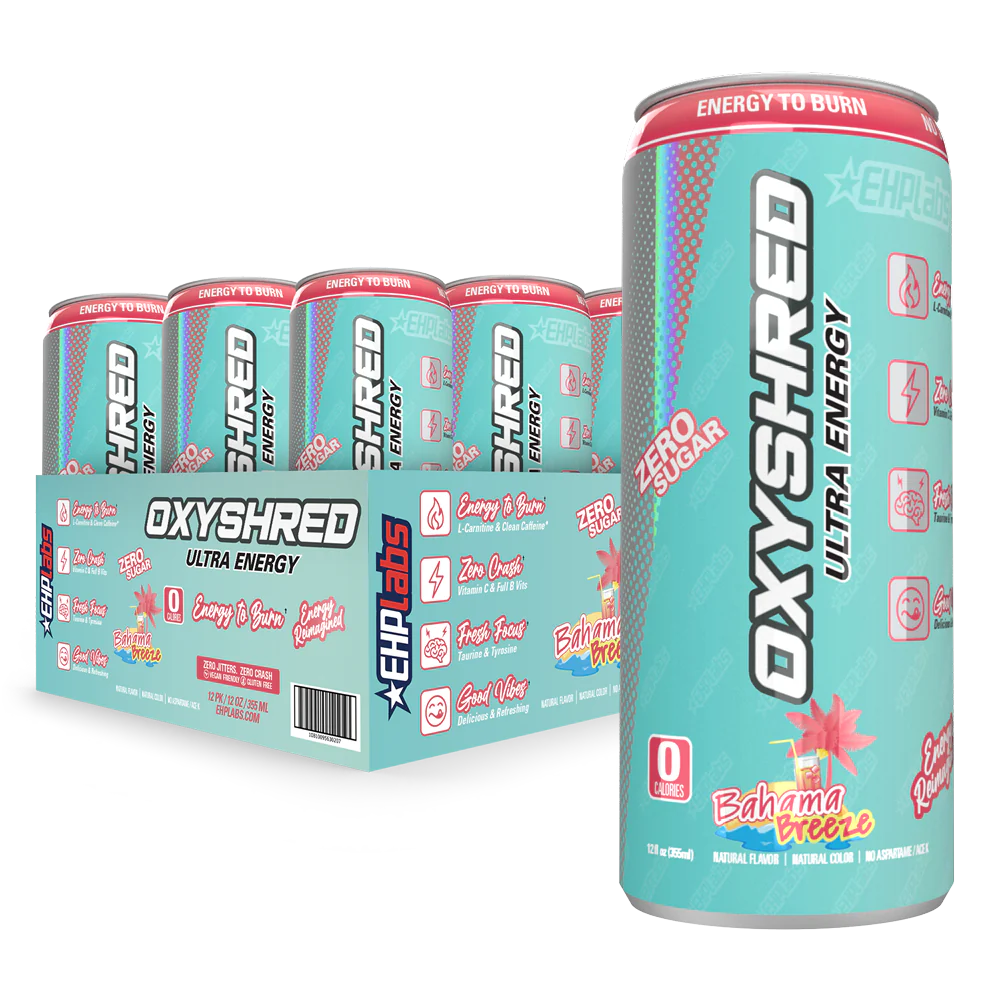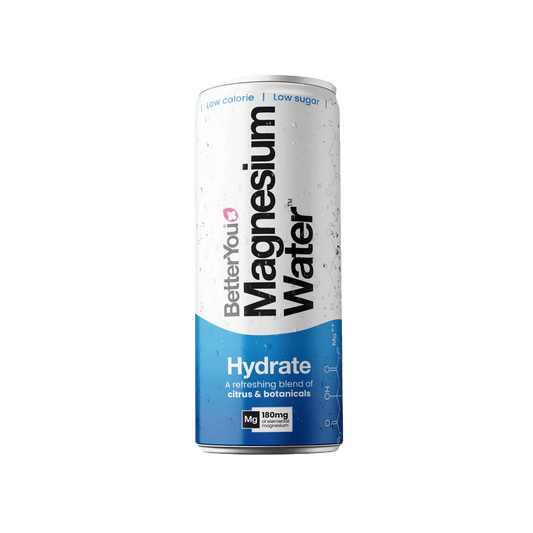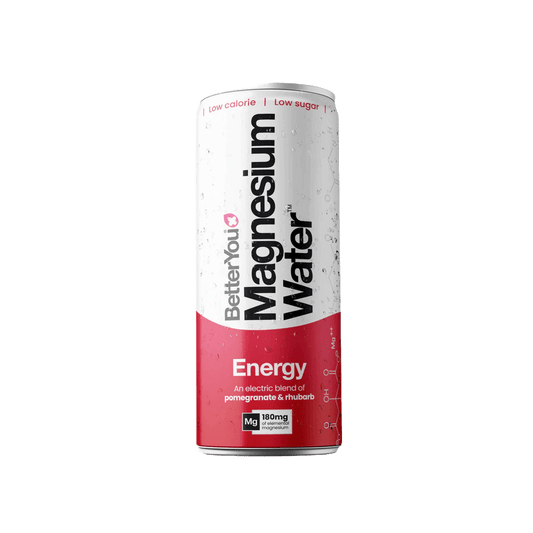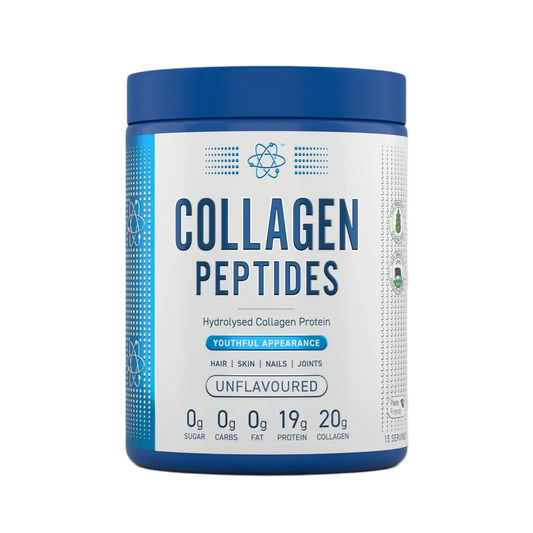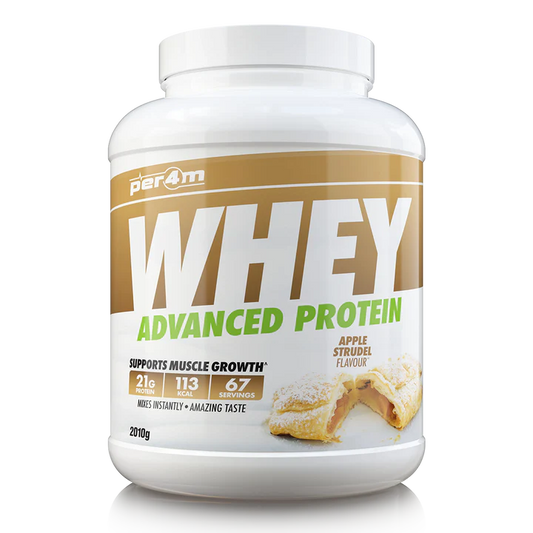For years, whey protein has been the gold standard of gym nutrition — affordable, effective, and delicious. But if you’re one of the millions who experience lactose intolerance, even a scoop of standard whey can leave you bloated, uncomfortable, and regretting your shake.
So what’s the solution? Do you need to give up protein powders altogether, or are there smart alternatives that support muscle recovery without upsetting your stomach? The good news is: you’ve got options. From lactose-free whey isolates to clear whey, and even plant-based blends, the supplement world has evolved to make protein more digestible than ever.
In this two-part guide, we’ll unpack the science, the practical tips, and the product choices that can help you keep building muscle — while keeping digestive discomfort at bay.
1) What Protein Powder to Use If Lactose Intolerant?
The first question many ask is: “Can I still use whey protein if I’m lactose intolerant?”
The answer: sometimes, yes.
Here’s the breakdown:
-
Whey Concentrate → Cheapest, but highest in lactose. Often the worst option if you’re sensitive.
-
Whey Isolate → Highly filtered, with most lactose removed. Many lactose-intolerant people tolerate it well.
-
Clear Whey → A modern alternative, even lighter, refreshing, and generally very low in lactose. Perfect for people who struggle with thick shakes.
-
Plant-Based Proteins → Soy, pea, or rice protein powders contain no lactose at all.
The best protein powder for lactose intolerance is one that either removes lactose through processing (isolate, clear whey) or avoids it altogether (plant-based proteins).
Pro Tip ✅: If you’re unsure, test tolerance with small servings. Sometimes it’s not the protein but the total serving size (plus added ingredients like milk powders or creamers) that cause problems.

2) Is There Dairy-Free Protein Powder?
Yes, and they’re more advanced than ever.
Dairy-free protein powders typically use blends of:
-
Pea protein (high in iron and easily digestible).
-
Rice protein (completes the amino acid profile).
-
Pumpkin seed or hemp protein (added for micronutrient diversity).
The downside? Some can taste earthy or chalky compared to creamy whey. The upside? Zero lactose, no bloating, and high-quality plant nutrition.
In recent years, formulas have dramatically improved, meaning taste and texture are no longer the deal-breaker they used to be. If you’re serious about digestion and gut comfort, a vegan protein blend could be your best option.
Pro Tip ✅: Mix with water instead of non-dairy milks that add gums or thickeners, which can cause their own digestion issues.
3) Can You Get Lactose-Free Protein Shakes?
Yes — and this is where Clear Whey shines.
Unlike creamy shakes, clear whey mixes like a juice, with flavours like peach, orange, or tropical. It’s easier on digestion because the liquid isn’t heavy, and the lactose content is minimal.
For low appetite eaters, clear whey is also a winner. Instead of forcing down a thick shake, you’re sipping something closer to a sports drink — while still getting 20g+ protein per serving.
You can also find ready-to-drink lactose-free shakes on the market, though they’re often pricier. Powdered clear whey or isolate is more cost-effective long-term.
Pro Tip ✅: If you’ve had bad experiences with protein shakes in the past, try clear whey with ice and lemon slices. It feels like a hydration drink, not a post-gym chore.

5) Will Whey Protein Trigger Lactose Intolerance?
This depends on the type of whey.
-
Concentrate → Yes, often.
-
Isolate → Usually not.
-
Clear whey → Rarely, since most lactose is filtered out.
If you’ve ever had gas, cramps, or bloating after a shake, chances are you were drinking concentrate. Switch to isolate or clear whey and you’ll likely see a huge difference.
Pro Tip ✅: Always check the label. Some brands sneak in milk powders, creamers, or added sugars that are harder to digest.
IMAGE
5) Should I Still Consume Protein Powder If I’m Lactose Intolerant?
Short answer: yes, if it fits your training goals.
Protein is essential for:
-
Muscle repair.
-
Recovery after training.
-
Supporting a calorie-controlled diet.
Being lactose intolerant doesn’t mean giving up protein shakes. It just means making smarter choices. Whey isolate, clear whey, or plant-based powders can give you the same muscle-building benefits without discomfort.
Some people worry that avoiding whey means missing out on results. That’s a myth. Plant proteins, when blended, can provide complete amino acid profiles. And clear whey is still derived from whey isolate — so you’re not missing out on the anabolic kick.
Pro Tip ✅: If you’re already eating a lot of high-protein whole foods (chicken, fish, tofu), protein shakes are just a convenient top-up. Don’t rely on them exclusively.
✅ Recap of Part 1
So far, we’ve answered:
-
The best protein powders for people with lactose intolerance.
-
Why whey isolate and clear whey are the safest whey options.
-
How dairy-free proteins can fill the gap.
-
Whether lactose-free protein shakes actually work.
-
Why concentrate is usually a no-go for digestion.
Products mentioned so far:
-
Per4m Advanced Whey (high-quality isolate option).
-
Combat Fuel Clear Whey (refreshing, lactose-light protein alternative).
-
Applied Nutrition Collagen Peptides (additional joint and recovery support).
-
Naughty Boy Prime Creatine (not protein, but often paired with whey for better recovery).
-
Supplement Needs Omega 3 (to support anti-inflammatory recovery alongside protein).
🔜 Part 2 will dig deeper into:
-
Whether whey speeds up recovery.
-
The difference between creatine and whey for muscle repair.
-
Why clear whey can be more expensive.
-
How isolate and clear whey differ in digestion and results.
-
The negatives of clear whey, and whether it’s worth the cost.
Clear Whey vs Isolate: Which Is Best for Recovery? (Part 2)
We’ve already broken down the basics: whey isolate, clear whey, and how lactose intolerance plays a role. Now, let’s dig deeper into recovery science, practical gym nutrition, and whether one protein really outperforms the other.
6) Does Whey Protein Speed Up Recovery?
One of the biggest reasons athletes reach for protein powders is simple: faster recovery. But does whey actually make a difference compared to whole food protein sources?
The science is strong here. Whey protein is considered a fast-digesting protein, meaning amino acids hit the bloodstream quickly after ingestion. That makes it ideal for the “anabolic window” post-workout.
But is whey isolate or clear whey better?
-
Whey Isolate → Delivers a concentrated dose of protein (90%+) with minimal carbs or fats. Recovery is efficient and reliable.
-
Clear Whey → Just as effective in terms of amino acid delivery but digests even lighter, making it a great option if you struggle with appetite post-workout.
Pro Tip ✅: The real key is timing. Consuming protein within 1–2 hours after training ensures your muscles get what they need for repair. Whether it’s clear whey or isolate, both work when used consistently.

7) Which Is Better for Recovery, Creatine or Whey Protein?
A common comparison is between whey protein and creatine — two of the most researched supplements in sports nutrition. But they do very different jobs.
-
Creatine (like Naughty Boy Prime Creatine) → Fuels explosive strength, ATP replenishment, and long-term muscle growth. It helps you train harder and recover from high-intensity exercise.
-
Whey Protein (like Per4m Advanced Whey or Combat Fuel Clear Whey) → Repairs muscle tissue after exercise by providing amino acids.
So which is better for recovery? The answer: they complement each other. Whey repairs; creatine prepares. Stack them together and you’re covering two angles of recovery — muscle repair and performance replenishment.
Pro Tip ✅: If you’re serious about training longevity, take creatine daily (timing doesn’t matter as much), and save your whey or clear whey for immediately after sessions.
8) Should I Take Whey Isolate Before or After a Workout?
Classic question, but an important one.
-
Before training → Whey isolate or clear whey provides a fast-digesting fuel source that won’t sit heavy in your stomach.
-
After training → Both isolates and clear whey shine because they deliver amino acids quickly when your muscles are primed to absorb them.
If you’re prone to stomach upset or don’t like training with food in your stomach, clear whey before a session can feel lighter and more refreshing.
Pro Tip ✅: Add a carbohydrate source like a banana or oats to your pre-workout shake if you need an energy boost, since whey alone isn’t a carb source.

9) What Is the Difference Between Clear Whey and Whey Isolate?
On paper, they seem similar — both are filtered forms of whey protein isolate. But in practice:
-
Whey Isolate → Creamy, milkshake-style shake. Great for those who enjoy thickness and satiety.
-
Clear Whey → Light, refreshing, juice-style drink. Great for those who dislike milky textures or have low appetite.
Nutritionally, both provide complete amino acid profiles and high protein content per serving. The key difference is user experience.
Pro Tip ✅: Rotate both. Whey isolate can work well in smoothies or oats, while clear whey feels perfect for hot weather or post-cardio sessions.
10) Why Is Clear Whey So Much More Expensive?
If you’ve ever compared prices, you’ll know clear whey tubs often cost significantly more than standard isolates. But why?
-
Advanced Filtration → Producing clear whey requires extra steps to strip out fat, carbs, and the particles that cause the milky texture.
-
Novelty Factor → Clear whey is newer to the market, so brands can price it higher while demand is strong.
-
Flavouring Challenges → Making whey taste like refreshing juice is more complex than chocolate or vanilla powders.
Does the higher cost make it worth it? That depends on you. If regular whey isolate leaves you bloated or you struggle with appetite, the premium may be worth paying for a shake you actually enjoy drinking.
Pro Tip ✅: Save clear whey for hot days or cardio sessions when hydration and refreshment are priorities, and use standard isolate the rest of the time.

11) Is Clear Whey Isolate a Complete Protein?
Yes — just like traditional whey isolate, clear whey contains all nine essential amino acids in sufficient quantities. This makes it a complete protein, capable of supporting muscle recovery and growth without needing to be paired with other sources.
This is why clear whey is such a game-changer for athletes who don’t tolerate creamy shakes well. You’re not sacrificing muscle repair — just switching formats.
12) Does Clear Whey Isolate Build Muscle?
Absolutely.
Building muscle isn’t about the “form” of protein, but whether it delivers enough high-quality amino acids. Clear whey does exactly that. The only difference is taste, digestion speed, and drinking experience.
If you hit your daily protein intake through clear whey, you’ll see the same muscle-building benefits as someone using traditional isolate.
13) What Are the Negatives of Clear Whey?
It’s not perfect. A few downsides worth noting:
-
Price: As mentioned, it’s often more expensive than standard isolate.
-
Taste Preferences: If you love creamy shakes, the juice-like flavour may not satisfy you.
-
Foaminess: Some clear wheys foam up when shaken, which can be off-putting if you’re impatient.
-
Not a Meal Replacement: Clear whey feels more like a hydration drink, so it won’t fill you up the way a thicker protein shake does.
Pro Tip ✅: Pair clear whey with a small carb and fat source (like oats and nut butter) post-training if you need satiety as well as recovery.
✅ Conclusion: Which Is Best for Recovery?
So — clear whey vs isolate. The verdict?
-
If you want classic, creamy, filling shakes that are versatile in smoothies and recipes: Per4m Advanced Whey wins.
-
If you want light, refreshing, digestion-friendly recovery after cardio or hot weather training: Combat Fuel Clear Whey is your champion.
-
For overall recovery, don’t forget supportive supplements like Applied Nutrition Collagen Peptides (joint support), Supplement Needs Omega 3 (anti-inflammatory), and BetterYou Magnesium Water (muscle relaxation).
The truth is, you don’t need to choose one forever. Many gym-goers now keep both in their cupboard and switch depending on mood, weather, or training style. The best protein for recovery is ultimately the one you’ll use consistently.
❓ FAQ: Clear Whey vs Isolate
1. Is clear whey easier to digest than isolate?
Yes — many find it lighter on the stomach, making it better post-cardio or if you struggle with appetite.
2. Which is better for muscle recovery, clear whey or isolate?
Both work equally well for recovery; the choice is down to personal preference.
3. Does clear whey contain lactose?
Very little — most clear whey powders are virtually lactose-free.
4. Can clear whey replace meals?
Not really. It’s best used for recovery, not as a filling meal replacement.
5. Why is clear whey more expensive?
It requires extra processing and flavouring, which increases cost.
6. Is clear whey a good option for lactose-intolerant people?
Yes, it’s one of the most digestible protein options available.
7. Can I mix creatine into clear whey?
Absolutely — it’s a great stack for strength and recovery.
8. Which digests faster, isolate or clear whey?
Clear whey tends to feel lighter and absorb quickly, but both are fast-digesting proteins.
9. Is collagen better than clear whey for recovery?
Not better — different. Collagen supports joints and connective tissue, while clear whey builds muscle.
10. Do I really need protein powder for recovery?
Not necessarily, but it’s the most convenient way to hit your protein targets consistently.
